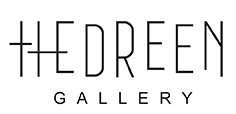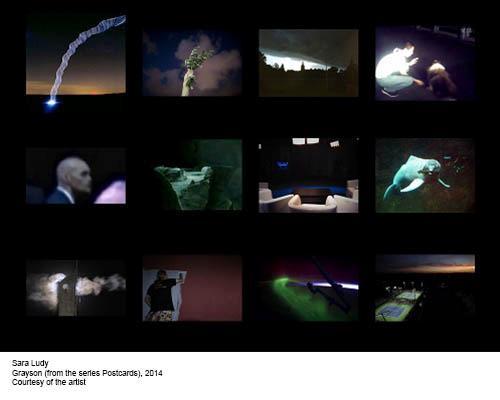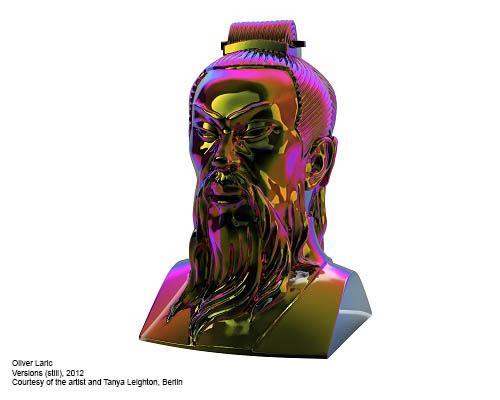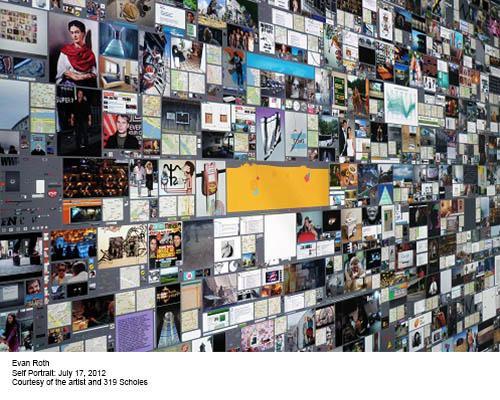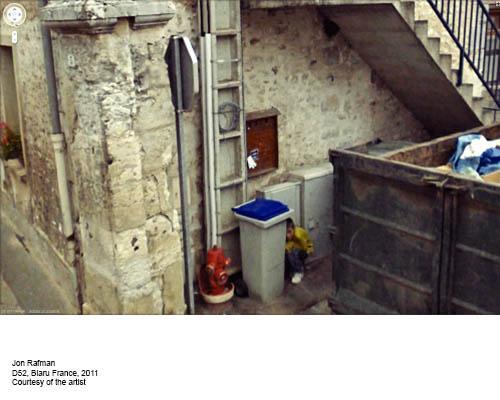
Robots Building Robots
Listen to Meghan Trainor's response to Robots Building Robots here.
Robots Building Robots
Curated by Amanda Donnan
September 23, 2016-December 10, 2016
Opening Reception: September 22, 2016, 5:00-8:00 PM with special guest Tyler Coburn
Convening works in a variety of media, Robots Building Robots addresses the intersection, or divergence, of creation and consciousness in the digital age, reflecting ways in which images are harvested without human direction; take on lives of their own and experience half-lives and afterlives; materialize in iterative forms; and proliferate via feedback loops, algorithmic generators, and open-source material. Including works by Adam Basanta (Montreal), Tyler Coburn (New York), Caroline Delieutraz (Paris), Oliver Laric (Berlin), Rafael Lozano-Hemmer (Montreal and Madrid), Sara Ludy (“everywhere”), Jon Rafman (Montreal), Evan Roth (Paris), Sebastian Schmieg (Berlin) and Silvio Lorusso (Rotterdam).
The exhibition title comes from a performance and book by Tyler Coburn—a “travelogue of improvised monologues” conducted in a Taiwanese science park that considers the implications of “lights out” manufacturing in relation to labor, machinic intelligence, and automation. Born of a fantasy of unceasing production, fully automated “lights out” factories rarely require workers—or illumination—on the manufacturing floor. In practice, though, their operation can lead to unexpected outcomes, as Coburn writes: “Thirty years ago, Roger Smith of General Motors believed that lights-out manufacturing was the only way to give America a competitive edge over Japan. Robots were designed to run without humans, yet even with the lights on, they often ended up painting themselves.”
The exhibition expands from this image of (inadvertent) techno-human creative collaboration, of provocative vulnerabilities in networks intended for maximum efficiency and the paradoxical ability of rule-based systems to produce the unforeseen. The image becomes one of almost ubiquitous everyday potential in an era in which data collection and algorithms document and direct our every experience online and, increasingly, shape IRL encounters as well. The artists in Robots Building Robots engage and twist pervasive systems like Google Street View and Search By Image, surrender singular authorship by creating open-source works, or examine the effects of automated, algorithmic culture on our behaviors and perceptions.
The formal and conceptual abstraction of the body and place is a through-line within the exhibition. Together the works in Robots Building Robots manifest conflicting feelings about the present, in which we are more and more becoming cyborgs reliant on programs that build, suggest, direct, and remember for us: a mixture of wonder alongside fear, of possibility and discovery tempered by predetermination and a sense of depersonalization or loss. A sense of simultaneously passing through a portal and staring into a puddle, hybridizing and disappearing.
Robots Building Robots includes a participatory, cumulative project based on Austrian artist Oliver Laric’s open-source work, Lincoln 3D Scans. During the opening reception and regular gallery hours (Weds-Sat 1:30-6:00), visitors may select a filament color and one of Laric’s scan files from the on-screen display to print their own miniaturized version of an object in the collection of the Usher Gallery in Lincolnshire, United Kingdom. The printing process takes several hours, so when finished gallery attendants will add your object to an ever-growing collection in the gallery; it will then be available for pick-up during the final days of the exhibition (Dec 7-10). The printing machine occasionally makes mistakes—yielding unforeseeable but often interesting aberrations. All objects will be kept and displayed regardless of outcome.
Laric undertook the scanning project in 2012 in order to make the Usher Gallery collection available to viewers outside of the museum’s geographic area, and to open the artworks up to manipulation— to make them "starting points for new works.” The resulting models, and subsequent adaptations, are available online at http://lincoln3dscans.co.uk/ free of copyright restrictions. The project continues Laric’s interest in ideas of authenticity, value, and permanence, especially as they relate to digital images circulated and hybridized via the internet.
Lee Center for the Arts (CNFA)
901 12th Avenue, between Marion and Spring | 206-296-2244
Open: Wednesday through Saturday 1:00-6:00 PM
2 Hour Parking is available on the street and visitor parking is available in Seattle University parking lots.
The Hedreen Gallery is wheelchair accessible.
For questions about accessibility or to request accommodations please contact the Director of Arts Programming, Stefanie Fatooh. Two weeks advance notice of need for accommodations is requested.

